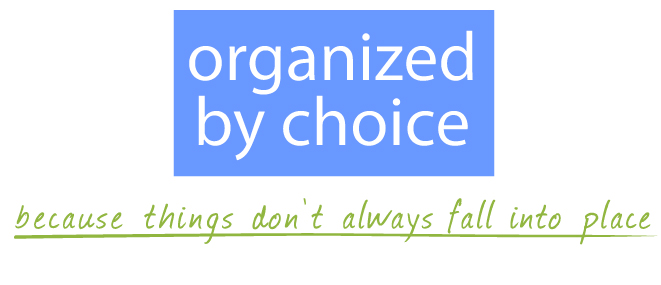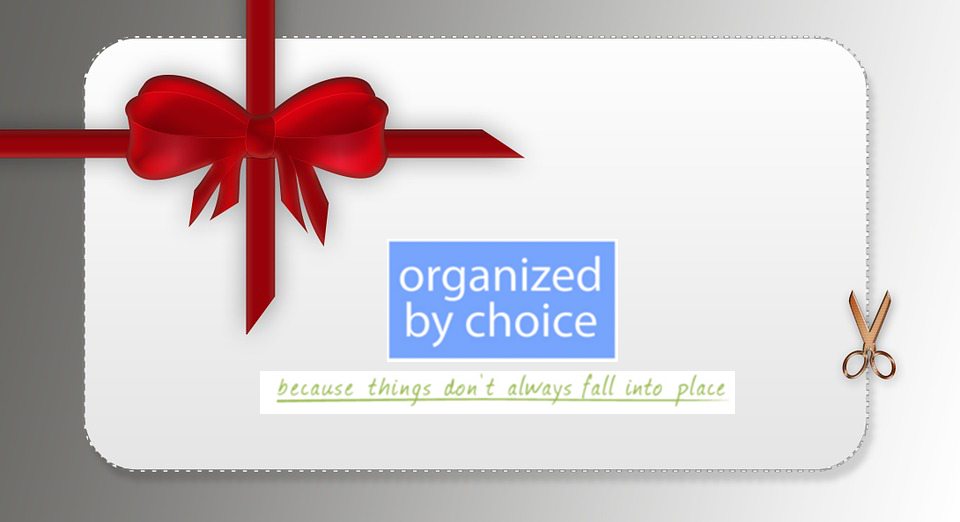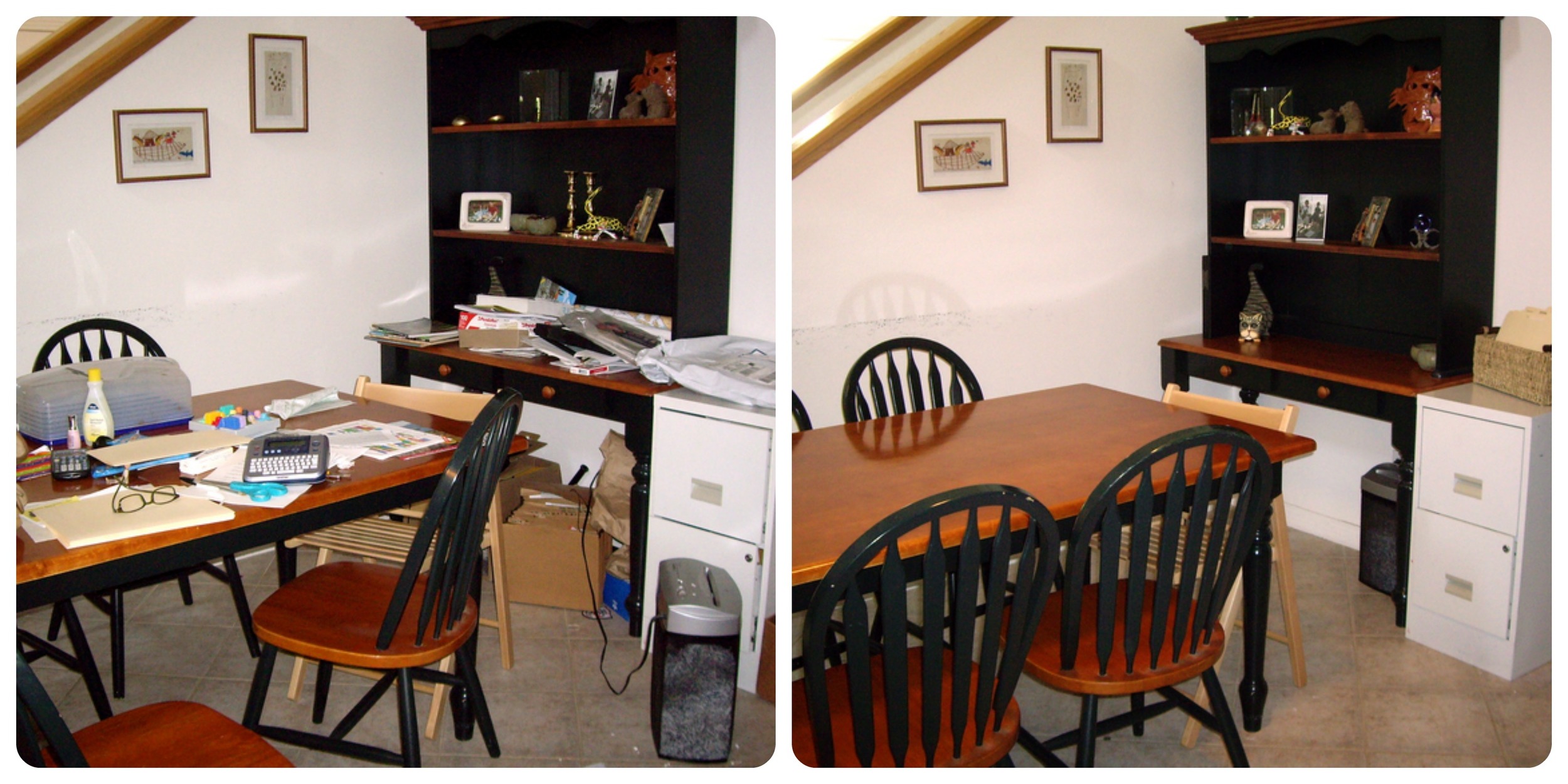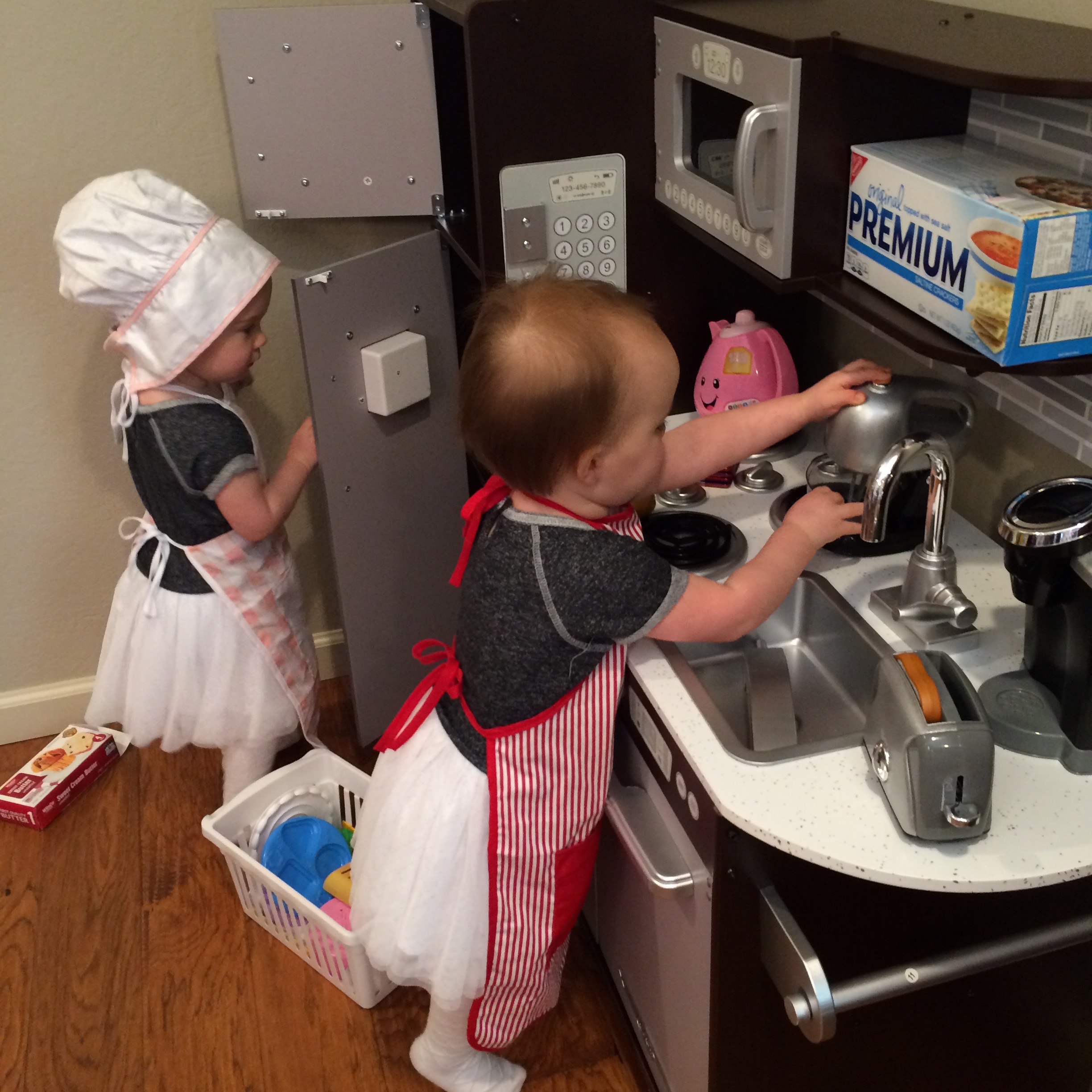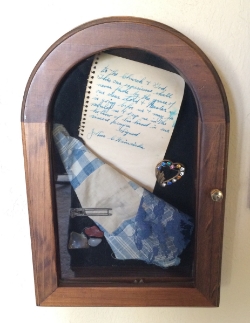“A triumph my dear!” Anyone recognize that movie line? My husband quotes it when I have success with a new recipe. There are few movies I watch more than once, and even fewer that I watch every year. A Christmas Carol with George C. Scott is one of those. In the movie, Bob Cratchit is lovingly praising his wife’s Christmas Pudding—a recipe I don’t plan on trying.
A visit to a school for London’s most destitute children inspired Charles Dickens to write A Christmas Carol which was released on December 19, 1843 and sold out by Christmas Eve. He tells the story of Ebenezer Scrooge, Bob Cratchit’s boss, a selfish, miserly man who has a miraculous transformation after the visit from the ghosts of Christmas Past, Present, and Future.
In the end Scrooge declares, “I will honor Christmas in my heart, and try to keep it all the year. I will live in the Past, the Present, and the Future. The Spirits of all Three shall strive within me. I will not shut out the lessons that they teach.”
Like Scrooge, I believe it does us good to look intentionally at Christmas past, present, and future. The lessons they teach may not be as life altering as they were for him, but they might just make our holidays a little more joyful and a little less stressful.
TIMELY TIPS - from the past, present, and future
Christmas Past Ask yourself some questions. What contributed to your favorite holiday memories as a child? It might have been something as simple as reading a favorite Christmas story, driving down Christmas Tree Lane, or decorating Christmas cookies. Maybe it was what you didn’t do. Having less on the calendar can enhance good memories too!
What are some of your best Christmas memories as an adult? Last year our family did a trip together instead of buying gifts. That reduced the shopping frenzy. The year before we had Christmas dinner at PF Chang’s—no prep or clean up—just fun! Another year we cut back on gifts for each other and instead bought a goat for a family in a developing country. Consider things you did in the past that added value to your holiday experience.
Family traditions are valuable and can bind a family together. Celebrating Advent with the candles, Christmas story, and family activities is one of our favorites. Some traditions don’t (or shouldn't) last as long as others. Our tradition of playing the card game “Donkey” where you grab spoons from the center of the table lasted only two years. With an engraved trophy at stake, I discovered our family is a little too competitive for that when band aides became necessary.
After your own personal review, decide which ideas you'd like to continue, discontinue, or introduce into your holiday celebration.
Christmas Present
Prioritize! None of us can do it all. Wherever you are in your holiday plans and preparation, take a moment to record what’s still waiting to be done—cards, gifts, baking, decorating, parties, volunteering, watching your favorite Christmas movies, Christmas Tree Lane, visiting Santa, etc.
Consider if any can wait until after the Christmas rush. For instance, I like the new trend of people sending New Year’s cards. Maybe you could deliver goodies on Three King's Day (January 6th) instead of before Christmas this year. (Make it look like you did it on purpose!)
Put a hold on anything that can wait. Then, number the remaining items in order of importance. Schedule your top three, with adequate time, on your calendar. If there are still days left before Christmas, add a couple more. If not, be glad that you’re intentionally doing the things that matter most to you.
Christmas Future
After Christmas, while the holidays are still fresh in your mind, sit down and write a review. What was the best experience? What’s something that needs to be done differently next year? We think we’ll remember, but a year is a long time!
Was there something you really wanted to do, but missed out on it, or ran out of time? That has happened to me so, last year after Christmas, I made a list of everything I wanted/needed to do and wrote it into the notes section on this year’s December calendar. When December rolled around, I scheduled them onto a specific day/time. It hasn't happened exactly as planned, but at least there's a plan!
Wise Words
I bring you good news that will bring great joy to all people.The Savior-- yes, the Messiah, the Lord-- has been born today in Bethlehem, the city of David! -An Angel of the Lord
